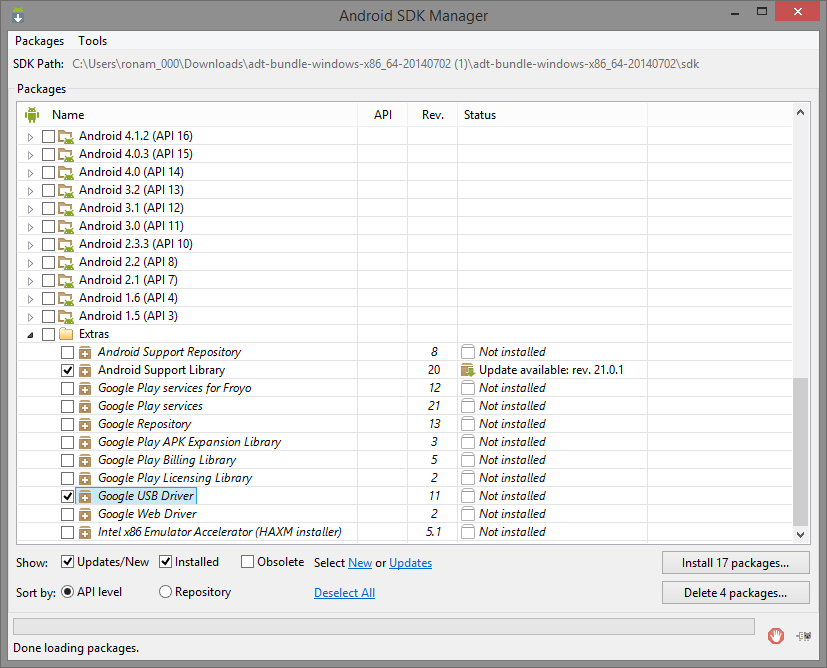Mac Flash Tool For Nexus 6
 Apr 26, 2015 The first Snipping Tool alternative for Mac that you can use is Apowersoft Mac Screenshot. This program is designed and created to fit in any device that runs on Mac OS X. This program is designed and created to fit in any device that runs on Mac OS X. May 18, 2017 Get the Best Free Snipping Tool Grab quick screenshots of your Windows or Mac desktop. Our top snipping tools are free and give you much more control than Print Screen.
Apr 26, 2015 The first Snipping Tool alternative for Mac that you can use is Apowersoft Mac Screenshot. This program is designed and created to fit in any device that runs on Mac OS X. This program is designed and created to fit in any device that runs on Mac OS X. May 18, 2017 Get the Best Free Snipping Tool Grab quick screenshots of your Windows or Mac desktop. Our top snipping tools are free and give you much more control than Print Screen.
Connecting your Nexus 6 USB memory on a Mac is also easy. If you have been a Nexus device user on a Mac previously, then this Nexus 6 should be no different for you. Make sure you have a Nexus 6 and a micro-USB data cable (preferably, the one that came with the phone). Connecting your Nexus 6 USB memory on a Mac is also easy. If you have been a Nexus device user on a Mac previously, then this Nexus 6 should be no different for you. Make sure you have a Nexus 6 and a micro-USB data cable (preferably, the one that came with the phone). Hello, im using the modified rom cataclysm 4.4.2 for my nexus 5, i’d like to install TWRP for it using Nexus tool kit, but i got stuck in download modified_boot_img_4.4.2, it completed downloading but has a mismatch check, pls help!!! Tks in advance.
This year, Google released two Nexus phones to glowing reviews, and as we've grown to expect, the Android community wasted no time in coming up with a root method for both. In fact, legendary root developer even devised an entirely new 'systemless' method for rooting that should make updating a bit less complicated, along with a few other benefits. • Don't Miss: The new method roots your device without modifying Android's system partition at all—hence the systemless root moniker. This means that fewer of Android's built-in security measures need to be bypassed in order to gain root access, and in turn, early reports even indicate that works with this new method. Provided you have a,, or machine, rooting your shiny new toy is a relatively simple process. There are quite a few steps involved, though, but I'll go over each of them in as much detail as possible to make sure everything goes off without a hitch. Before You Begin Rooting an Android 6.0 Marshmallow device requires that you install a modified boot image, which means you'll need to unlock your device's bootloader.
The process of unlocking your bootloader will wipe all data on your phone, so make sure you have any important files backed up on an separate storage device. Additionally, you'll need to connect your phone to your computer to run a few commands. Considering that the Nexus 5X and 6P are among the first devices to ship with a USB type C connector, and most computers still use a USB type A connector, this means that you will likely need a USB-C to USB-A cable.
Mac Flash Tool For Nexus 6 Phone
For a list of these types of cables that fully comply with the new USB-C standard, head to. Step 1: Install the Android SDK on Your Computer To begin, you'll need to grab a copy of the latest Android SDK. From your computer, head to to download the file for your particular operating system. Step 2: Install the ADB & Fastboot Drivers on Your Computer Next up, for your computer to be able to fully interact with your Nexus, you'll have to make sure you have the and Fastboot drivers installed on your system.
Free Nexus Plugin For Mac
Windows Users: If you own a Windows PC, you can download the drivers at. Just run the file, then follow the prompts, and you'll be good to go. Linux Users: If you're a Linux user, download and extract, then run the script with Terminal. Mac Users: For Mac users, the process of installing the proper drivers is a bit more involved. Please see for more information. Step 3: Download the Neccesary Files It's very important that you download the proper root files for your device and Android version.

To make sure you're using the right files, open your phone's Settings menu, then scroll down and select 'About phone.' From here, make a note of the Build number listed at the bottom of the screen. When you're done here, leave your phone in bootloader mode and keep the command prompt window open, since we'll be using both again later. Step 7: Move the Boot Image & TWRP to the Platform-Tools Folder Next, copy the boot.img and twrp.img files that you downloaded in Step 3, then paste them into the /android-sdk/platform-tools folder on your computer. Again, the exact location of this directory will vary depending on your operating system, but Windows users can find it in C: Program Files (x86) Android android-sdk platform-tools. Note that you may have to provide administrator credentials to paste the files into this folder.
Download Flash Tool For Android

More Information About Systemless Root The best part about this new root method is that (so far), Android Pay seems to work without a hitch, and applying shouldn't be as difficult as it was with previous root methods. In the future, provided you didn't make any significant changes to the system partition using root access, you should only have to flash the with the fastboot flash boot boot.img command to get your device ready for a system update. One downside, though, is that you will lose root access if you perform a factory reset. But getting it back shouldn't be much of an issue, since you'll only have to flash the SuperSU ZIP again in TWRP to re-root. What are your thoughts on this new systemless root method?